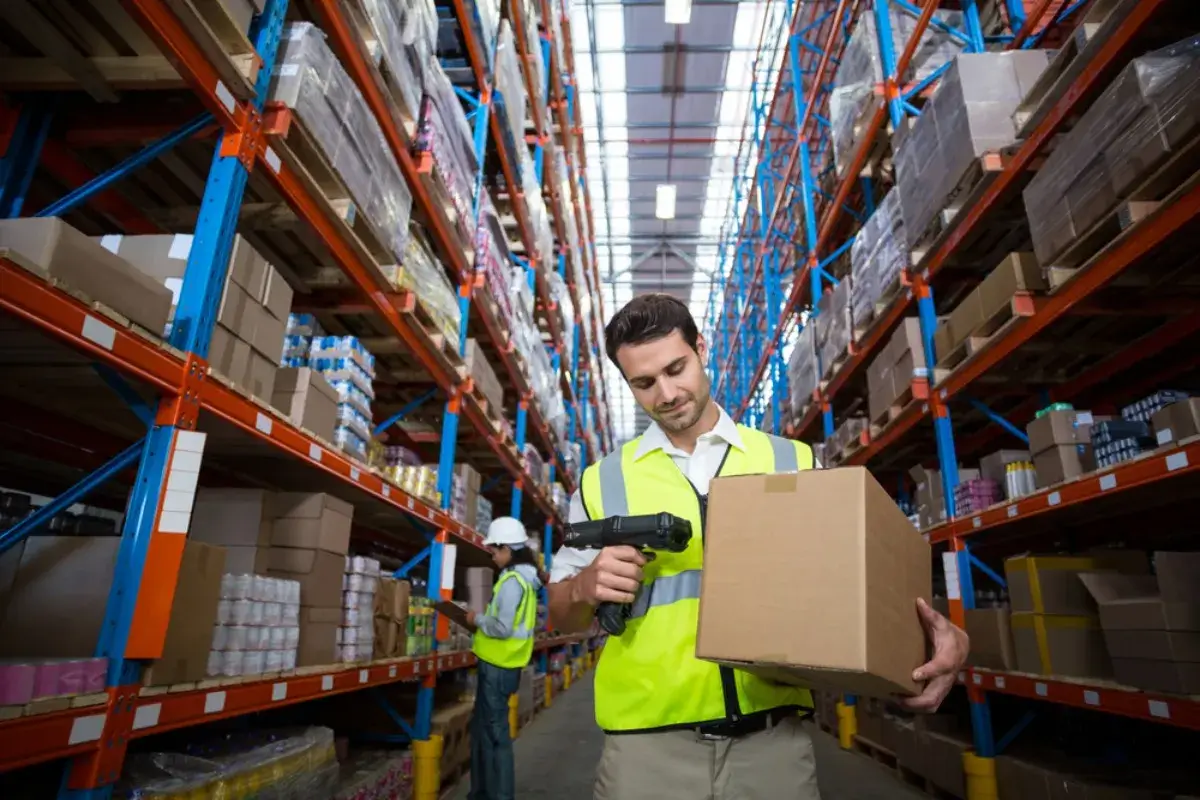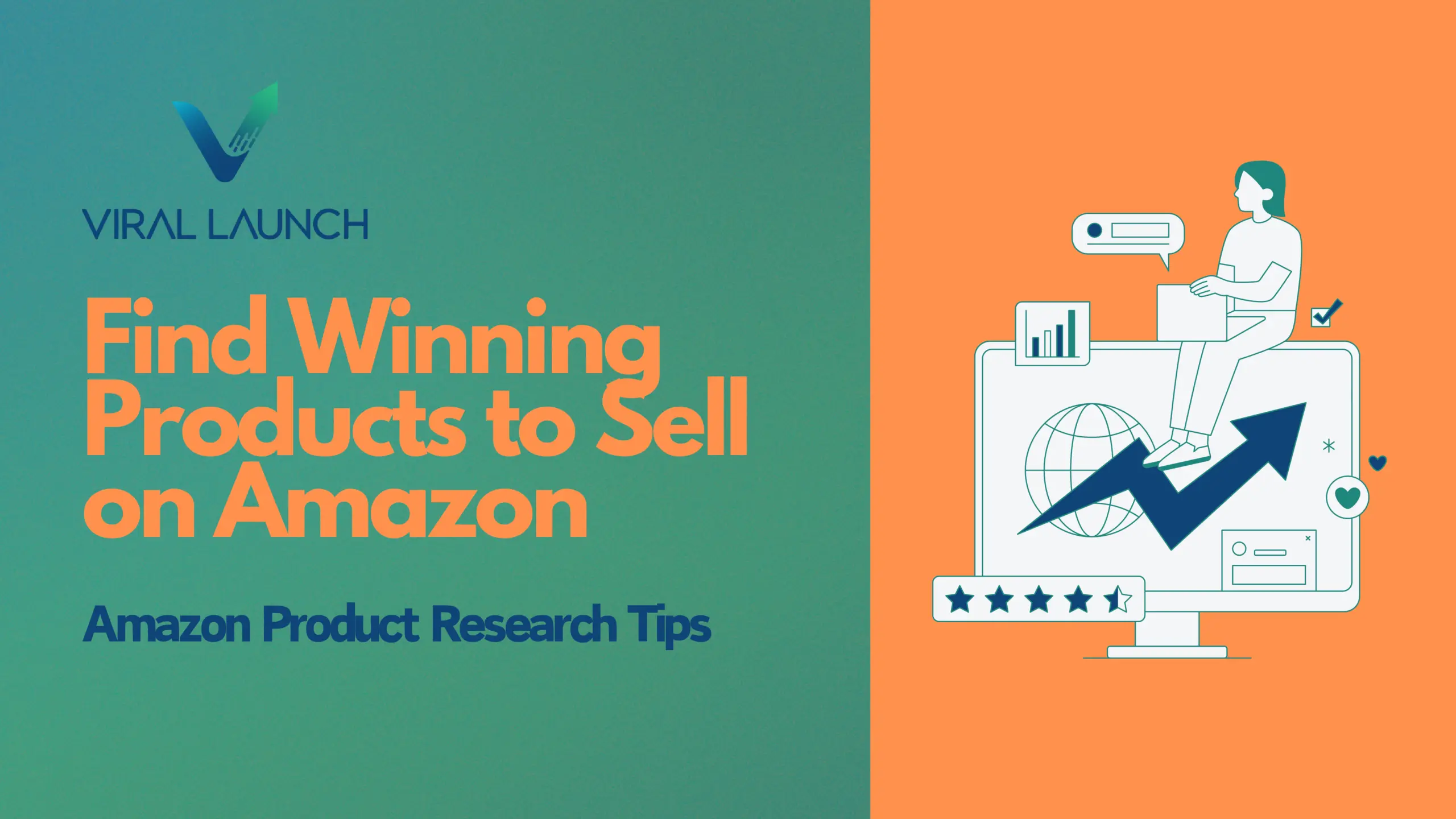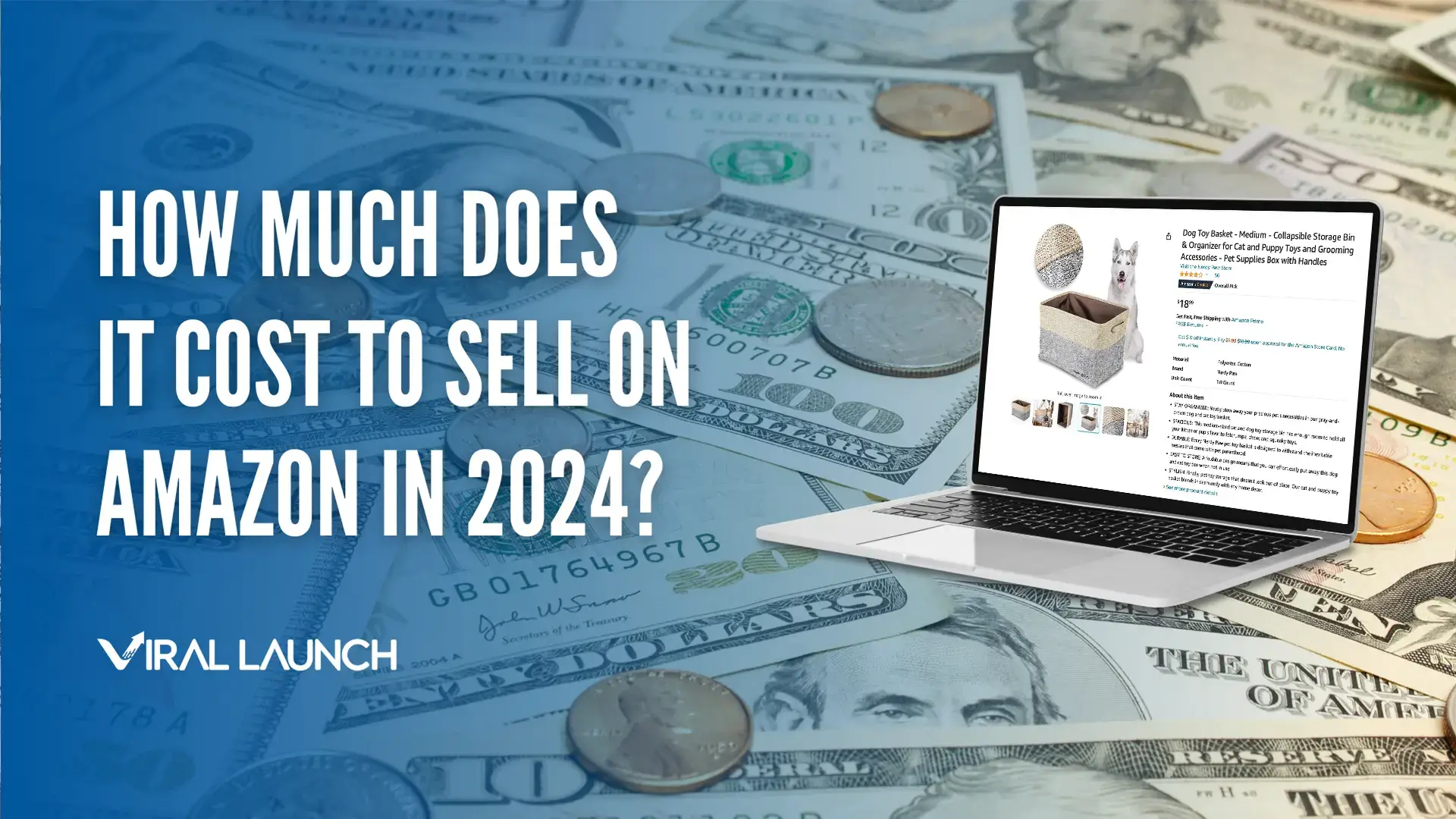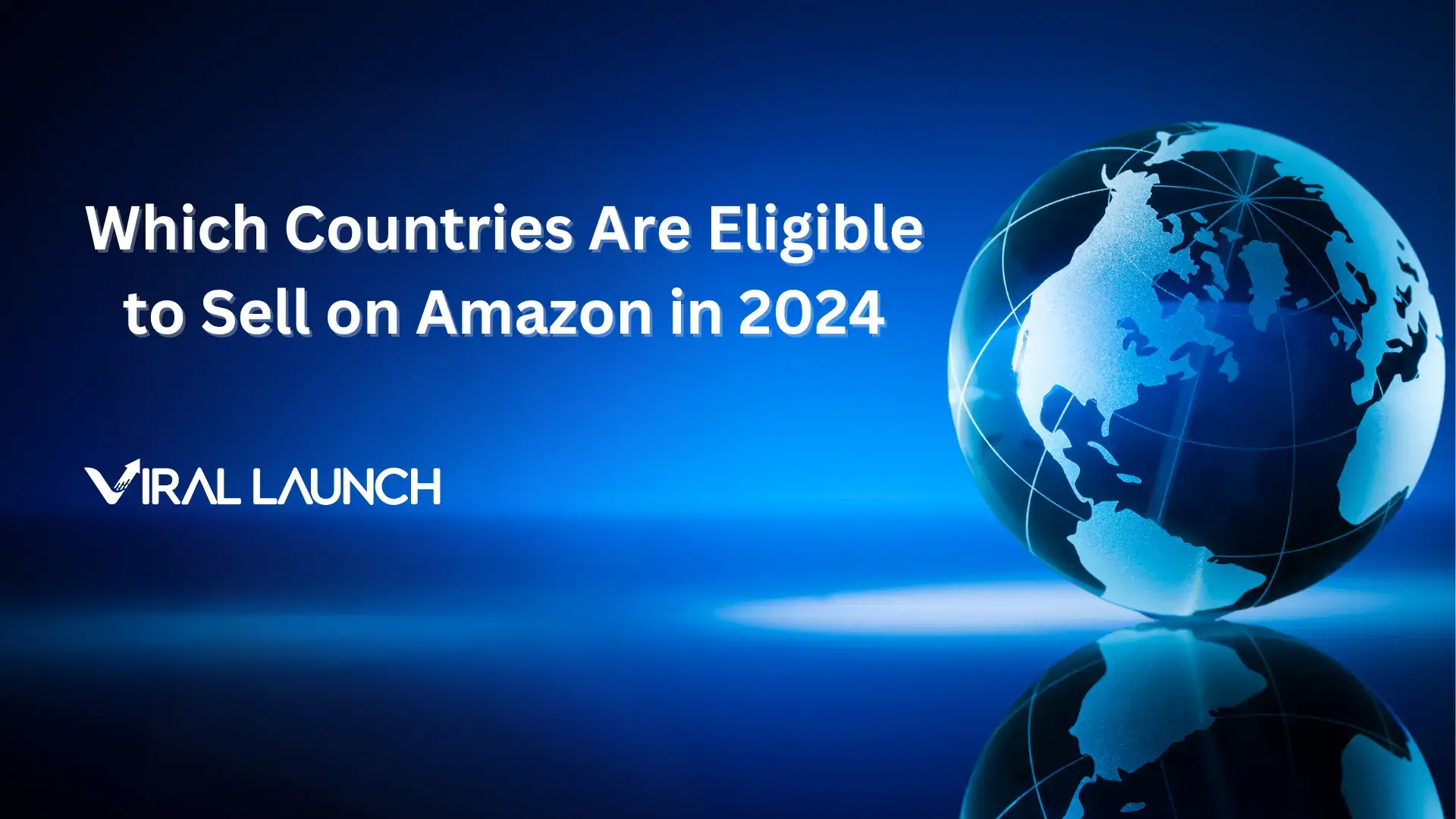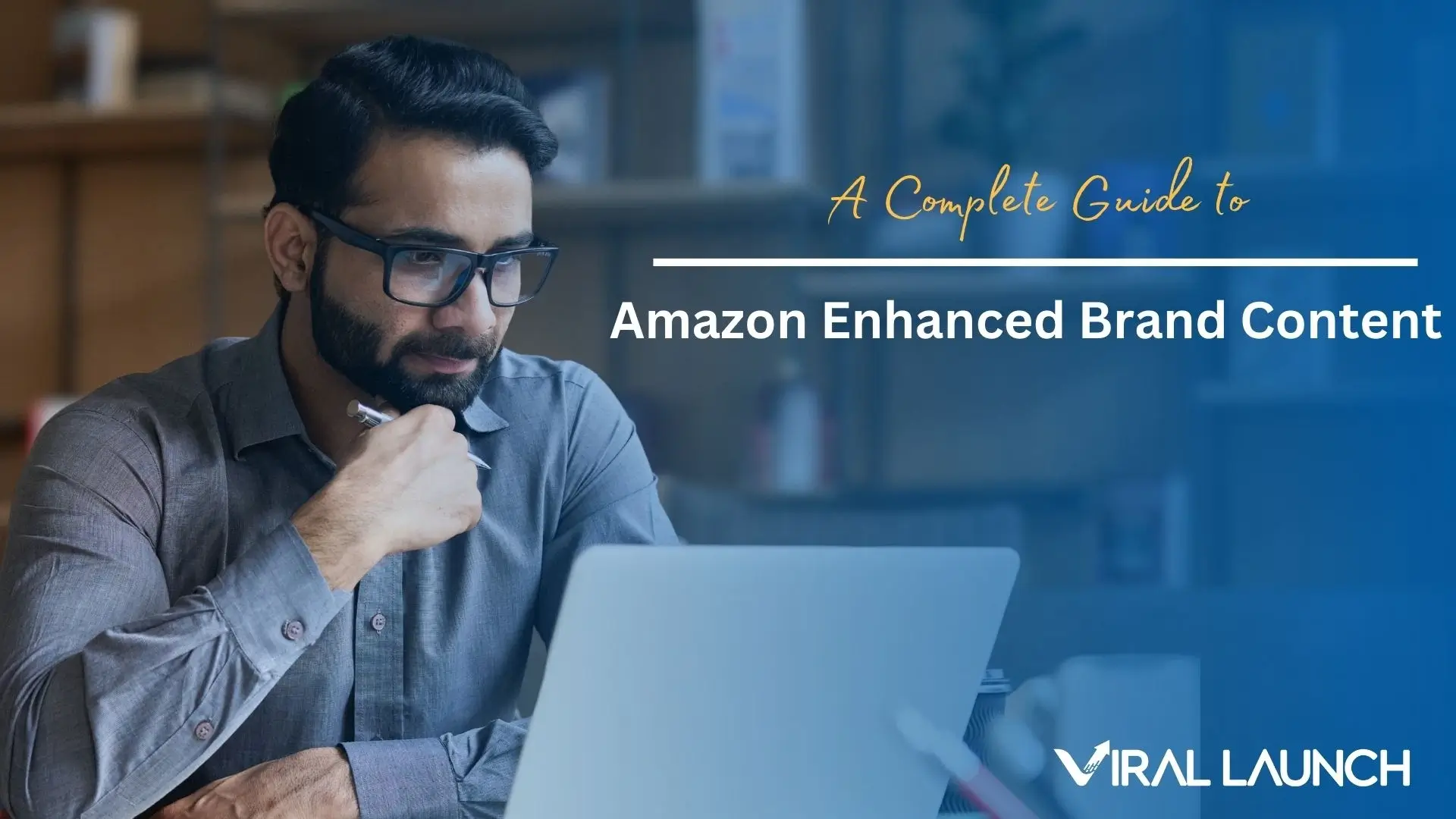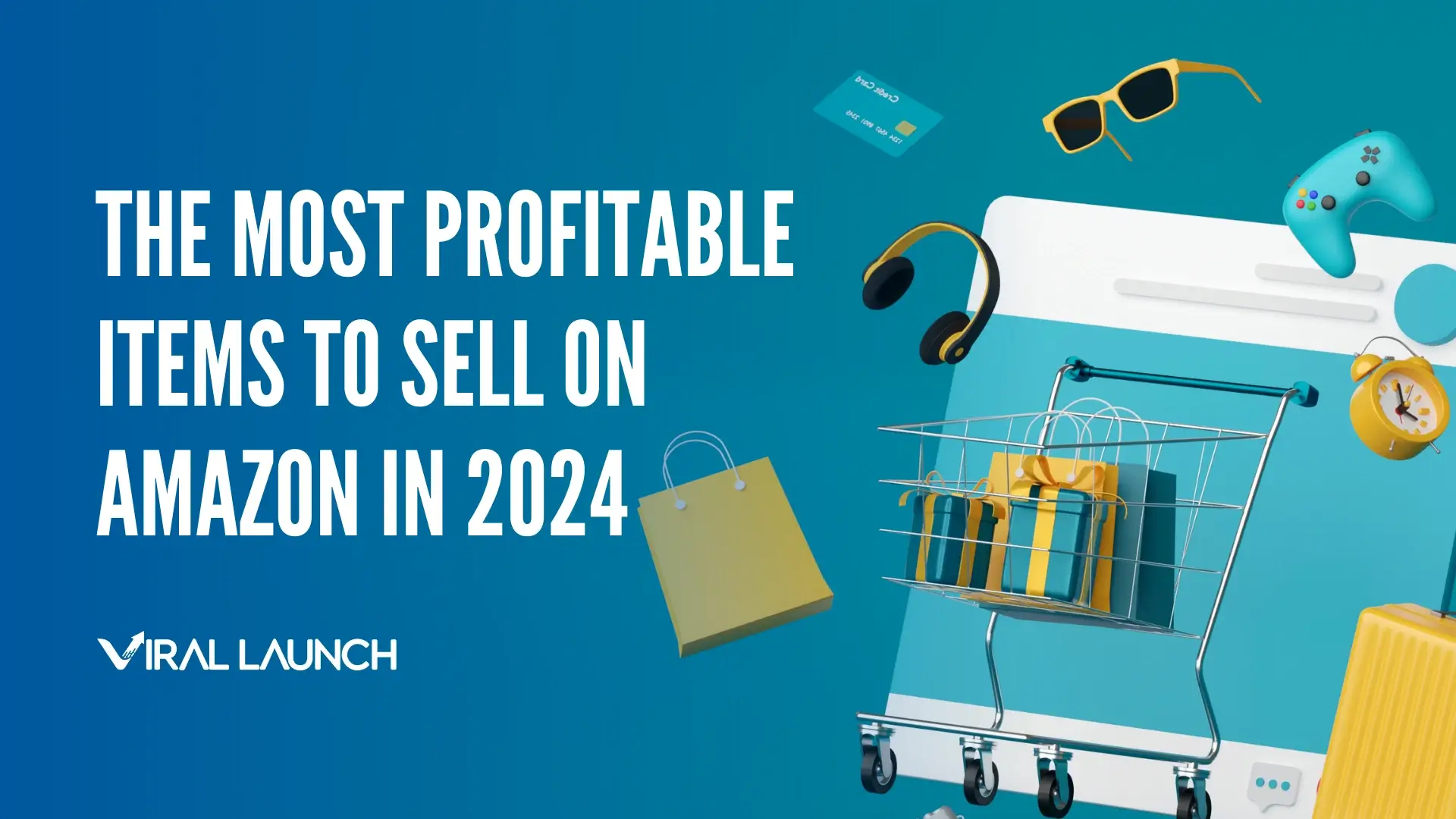There are billions of products for sale in the U.S. retail market, both in stores and online. The Amazon U.S. marketplace alone sells 564 million different products. These items sit on the shelves of stores or in the warehouses of online retailers until they’re ready to be purchased. With this many products available, it makes sense that there would be a need for a system to track and organize them as they arrive and when they’re purchased. UPC codes for Amazon products is the answer.
In order for stores to do this, a barcode system was put in place years ago that assigns each product a unique product code (UPC). E-commerce sites are no different than any other brick and mortar store — every product sold on Amazon is required to have a legitimate UPC barcode before it can be input into Amazon’s system.
If you’re just getting started in your Amazon selling journey, you probably have a lot of questions about this step of the process. For those unfamiliar with it, the process of obtaining a UPC can be a little confusing, but we’re here to help! Let’s start at the very beginning and outline everything you need to know about UPC codes for Amazon.
What is a UPC?
A UPC is a unique code that consists of 12 digits. Usually, the first 6 digits are your company prefix, the next 5 are the product number, and the final digit is generated automatically and referred to as the “check digit.” Each UPC is translated into a series of black bars and white spaces called a barcode. This allows for easy reading by scanning devices instead of requiring manual entry.
The barcode system we know today has been used since the mid 1970s. What began as a solution for brick and mortar stores has been carried over into the rise of e-commerce. If you want to sell products on a large scale whether in stores or online, you’ll have to obtain a UPC for it.
What’s the Difference Between a UPC and an FNSKU?
As a new seller, you may be encountering some confusing information about UPCs. If you’ve seen the term FNSKU thrown around, but aren’t sure what it means, we’ve got you covered. Some articles mistakenly use UPC and FNSKU interchangeably, but they’re two very different types of barcodes. Let’s break down the difference:
- UPC: A global barcode assigned to any product that is to be sold in retail stores or online. Amazon requires you to have a UPC before you can create a listing or add a product to your Amazon inventory.
- FNSKU: An FNSKU is a barcode Amazon generates for your product to keep track of it internally within their warehouses and databases. Once you’ve added the product to your inventory, Amazon will generate an FNSKU for it, which you must incorporate into the product packaging or have placed on your product by Amazon (for an additional fee). Once you have both barcodes, your UPC and FNSKU can also be tied together.
Source: Seller Tradecraft/Youtube
Pro Tip:
If you’re only planning to sell on Amazon, your UPC doesn’t have to be printed directly on your product or product packaging. Amazon only requires the product to have a UPC in order for an FNSKU to be generated. Once the FNSKU is generated, this is the barcode that must be placed directly on your product before it can be accepted at Amazon warehouses. Amazon will then use the FNSKU to identify your product at check-in as well as when it’s picked for an order.
Where do I Get a UPC?
In order to keep thorough records and prevent fraudulent UPCs, there’s a single legitimate producer of UPCs globally called Global Standard 1 (GS1). This non-profit organization has set the standard for UPCs and barcodes across the globe.
You may have seen ads for third-party businesses selling replicated or recycled UPC codes, or maybe you’ve seen someone selling a product UPC on eBay. Many times, recycled UPC codes are codes that were used for products that have since been retired, such as VHS tapes.
While in many cases you can successfully link these codes to your product, within certain retail systems, the old coding can remain which can cause issues with your inventory. It can often be tempting to purchase these types of UPCs because they are cheaper, but it’s usually not advised.
Amazon requires that your product UPC be tied to your company and your company alone. If you place a replicated UPC on your product and it’s still tied to another company, Amazon could take action. That’s not to mention there may also be legal consequences to using a replicated UPC.
It’s always best to know you’re purchasing a legitimate barcode by purchasing straight from GS1. This way there will be no questions of its legitimacy and you can be assured your UPC meets all requirements for Amazon.
Source: GS1 US/Youtube
How do I Get a UPC?
GS1 makes the process of applying for and obtaining UPC codes for Amazon and other retail stores relatively simple. You can usually complete the process in four steps:
1. Apply for a company prefix
The first step of this process is the most important. You must start by applying for a company prefix. Your prefix is usually the first six digits of the UPC but can be up to 10 digits long. It’s unique to your company and will appear the same on each of your products. So, if you plan on expanding your line, the prefix will remain the same. This prefix also identifies you as the manufacturer throughout the entire supply chain.
Some sellers get a little concerned about the cost of applying for this company prefix, especially if they have a large product catalog that will all need UPCs at the same time. Be sure to include this cost in your initial start-up budget.
According to GS1, the first-year cost of obtaining a company prefix ranges from $250 for up to 10 products to $10,500 for 100,000 products. Each year after that, there’s an annual license renewal fee which allows for continued use of the unique prefix number. Annual license renewal fees range from $50 to $2,100 depending on the number of products.
2. Assign each of your products a product number
Once your company prefix has been generated, GS1 will give you a digit length for your product number, also called a GTIN. The product number is usually the five digits after the six-digit company prefix. The length of the product number is based on the number of future products you indicated on your company prefix application.
Keep in mind that every unique product you have will need its own unique product number. For example, if you sell the exact same shirt in 10 different colors, each color variation will need its own product number. GS1 allows sellers to use their own numbering system for each product as long as it meets length requirements.
3. Determine how the barcode will be displayed on your product
Once you have your UPC, you can submit it to Amazon to generate the FNSKU. Then it’s time to figure out how to incorporate the FNSKU into your packaging. If you’re still in the early stages of production and your packaging hasn’t been printed yet, you have the opportunity to incorporate the FNSKU directly into the packaging, which will save you time and money.
Amazon allows you to obtain a digital file of your FNSKU barcode, which you can then send to your manufacturer to add to the package design. Many manufacturers have experience placing FNSKUs, so you can work with them to find a place on the package that you feel is best.
An FNSKU barcode needs to be placed where it will easily be seen and is easily scannable. Any unscannable items won’t be accepted at Amazon’s warehouses. Be sure to follow these guidelines for placement:
- Place the FNSKU barcode on a flat surface of the product packaging; do not place it on a curve or corner
- Allow for 0.25 inches between the edge of the label and the edge of the packaging
- If you’re printing labels and adhering them to your product, be sure they’re not smudged or wrinkled as this can cause scanning issues
Pro Tip:
If you’re planning to sell on Amazon as well as in retail stores, you’ll also need to place the UPC somewhere on your product. The UPC is the barcode retail stores will scan when customers purchase the item in order to pull up the correct product and pricing information. The above rules should also be followed in the placement of UPC codes for Amazon.
GS1 can also provide a digital file of your UPC barcode, which you can use to incorporate the UPC into your packaging. You can also choose to place adhesive barcodes later. GS1 can connect you to a printing service through its Solution Partner program. Once you’re in touch with a printer, you can order barcodes that can be placed directly on your products.
4. Place FNSKU labels
Though it’s more cost effective to have the FNSKU included in your product package design, sometimes that isn’t possible. If your product has already been manufactured and packaged, you’ll have to order barcode labels that can be placed on the outside of the packaging.
You can either choose to have these labels sent to your manufacturer and have them placed at the supplier warehouse (usually for an additional fee), or you can receive your product shipment before it’s sent to Amazon and place the barcodes yourself. There’s also the option to have Amazon place the FNSKU labels on your product, but this does come with an additional cost.
Prepare Your Product to Succeed
Obtaining UPC codes for Amazon products is just one small step in the Amazon selling journey, but it’s a crucial one. Once you have your UPC codes for Amazon, you’ll need to ensure you have the right tools, data and guidance to succeed.
At Viral Launch, we’re here to help you navigate the way in this journey. If you’ve got questions, we’ve got answers. Our seller solutions are some of the best on the market and was created to help Amazon sellers just like you. Whatever you need, we’re here to help!
